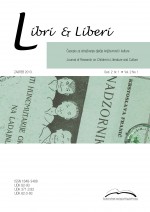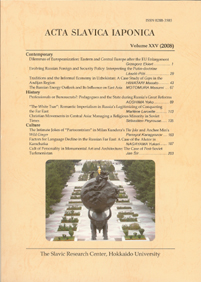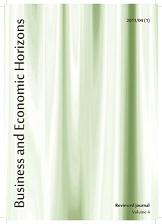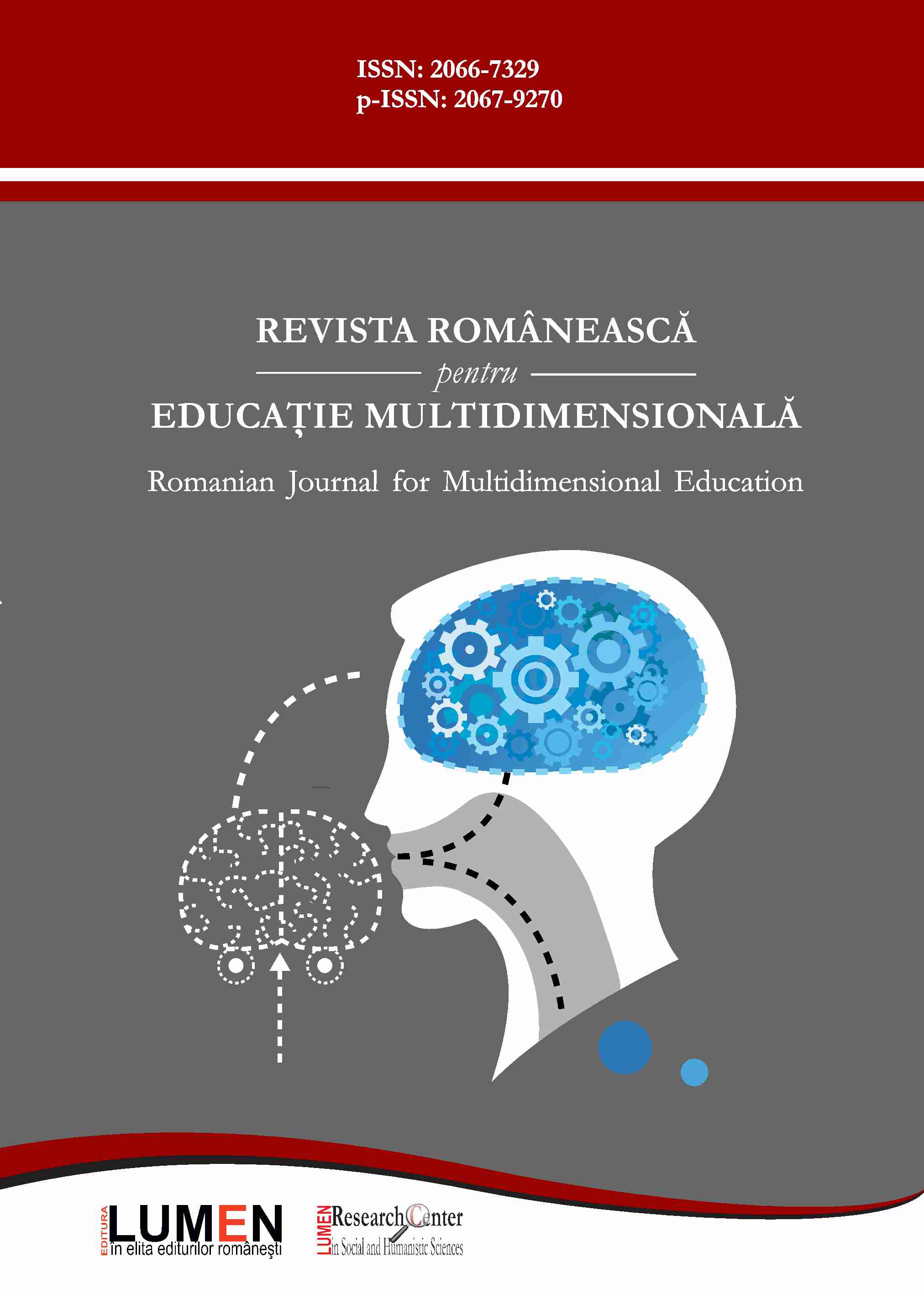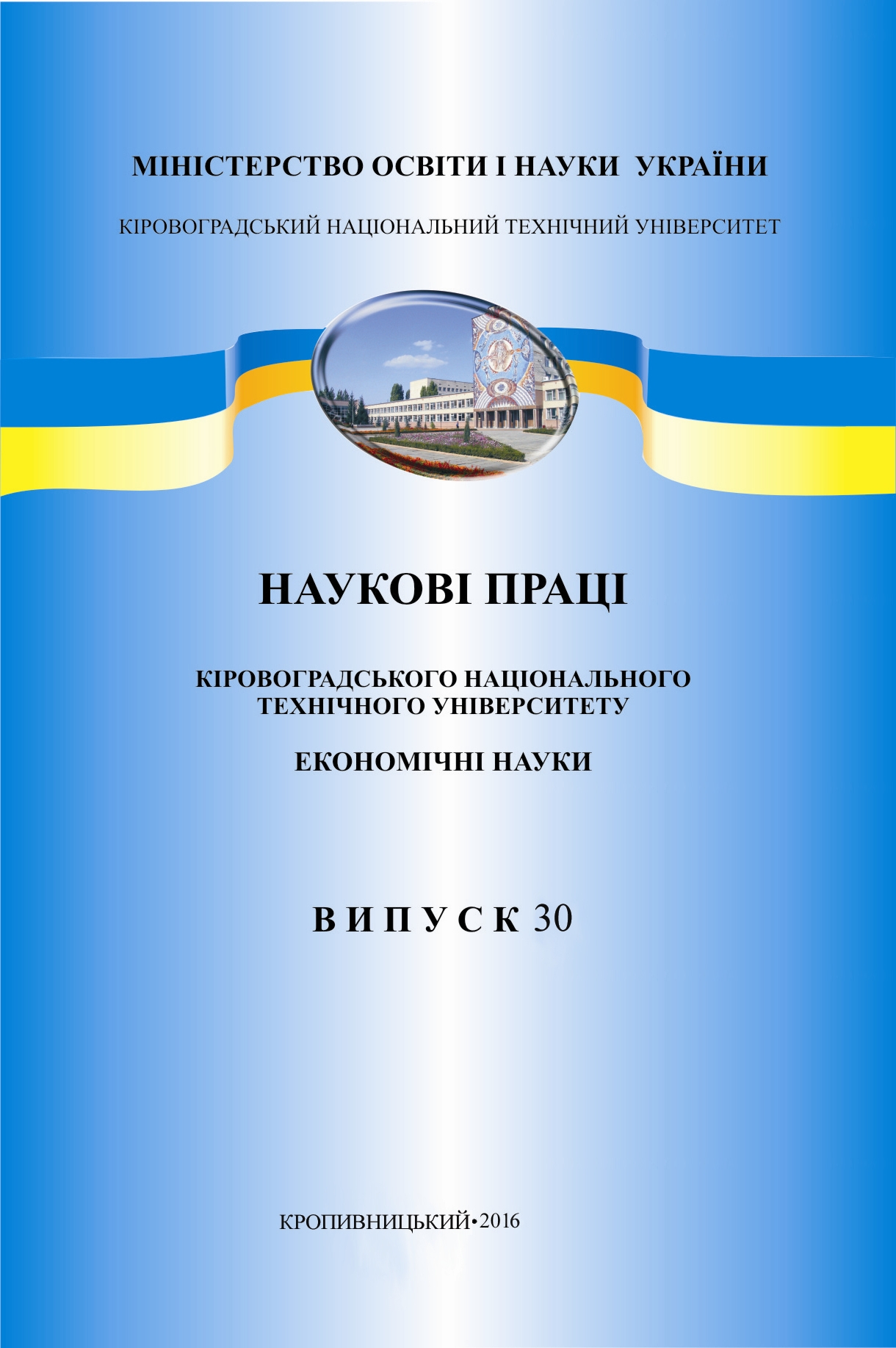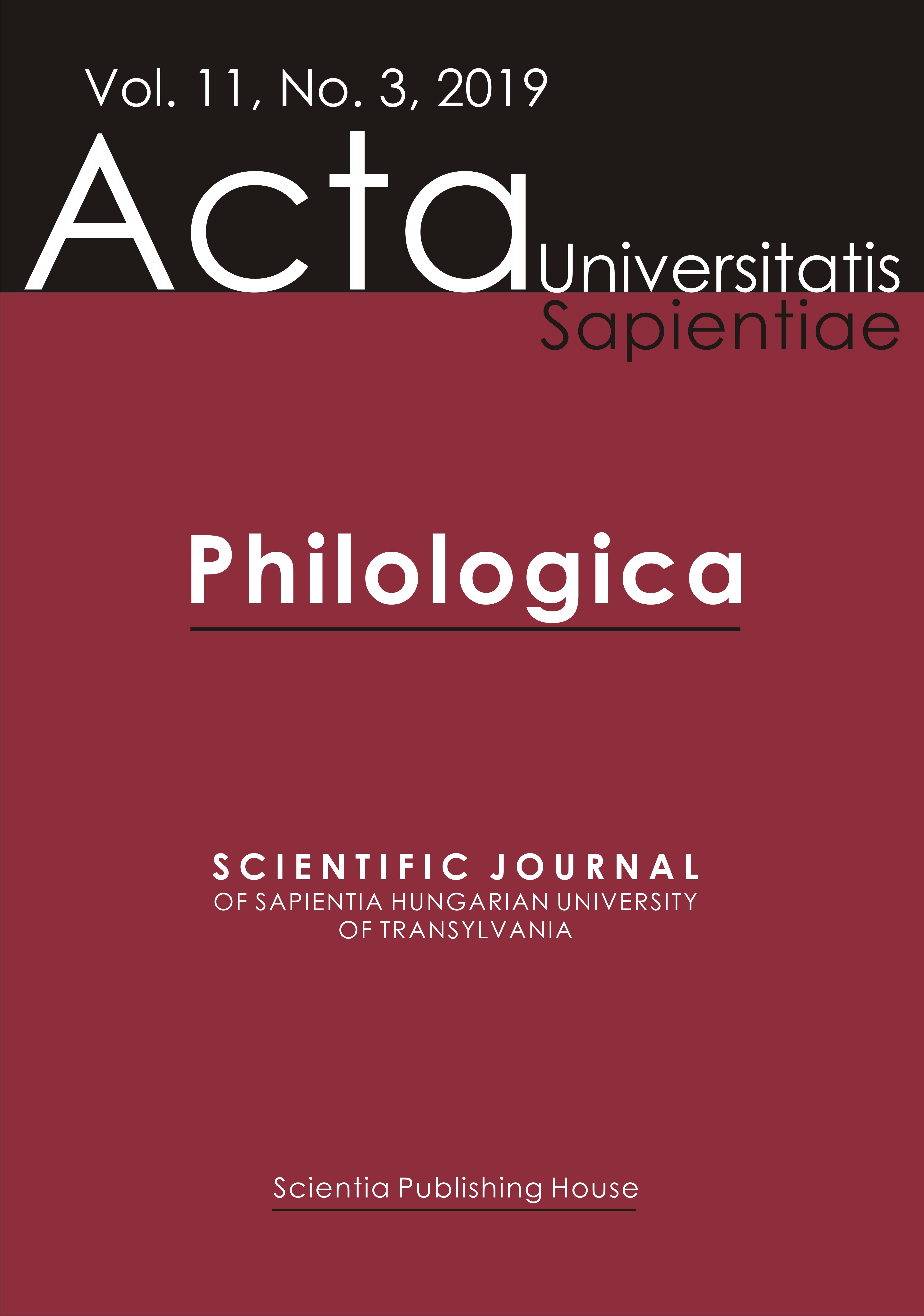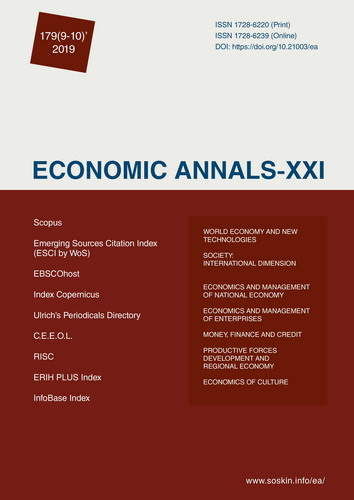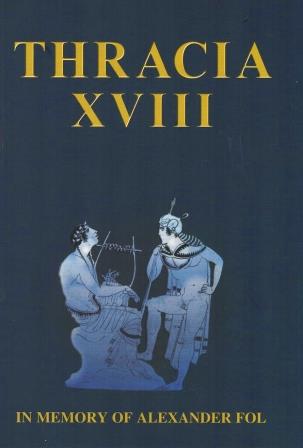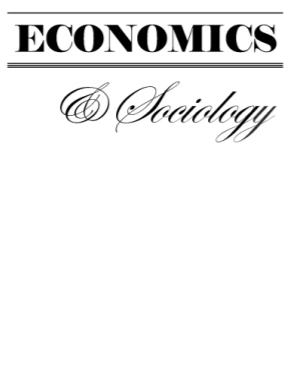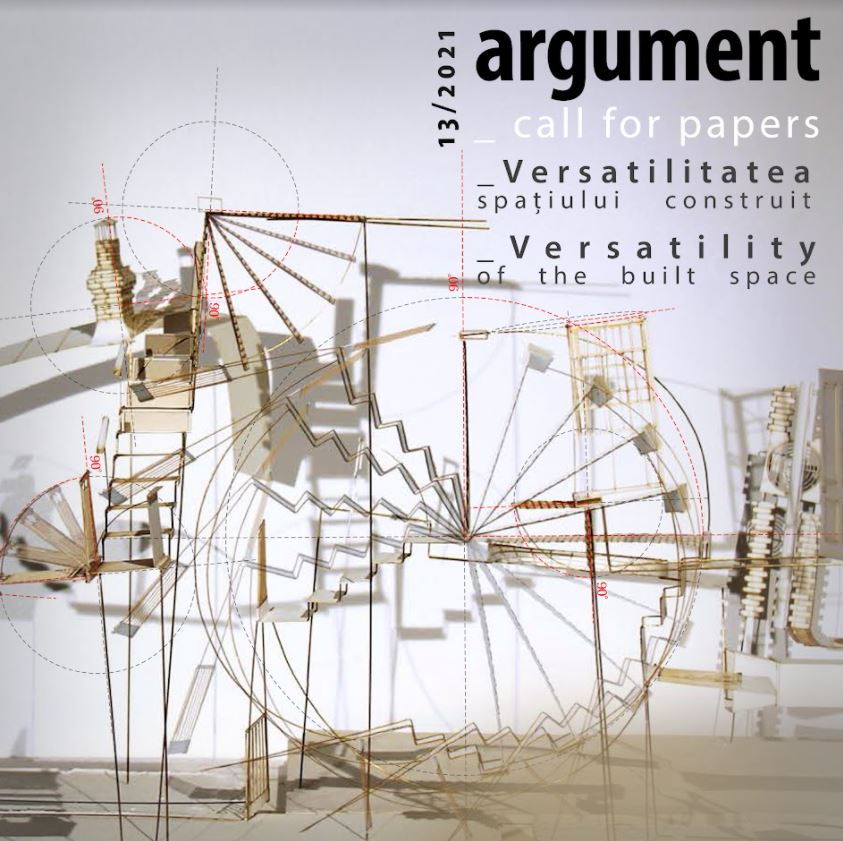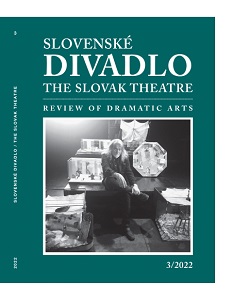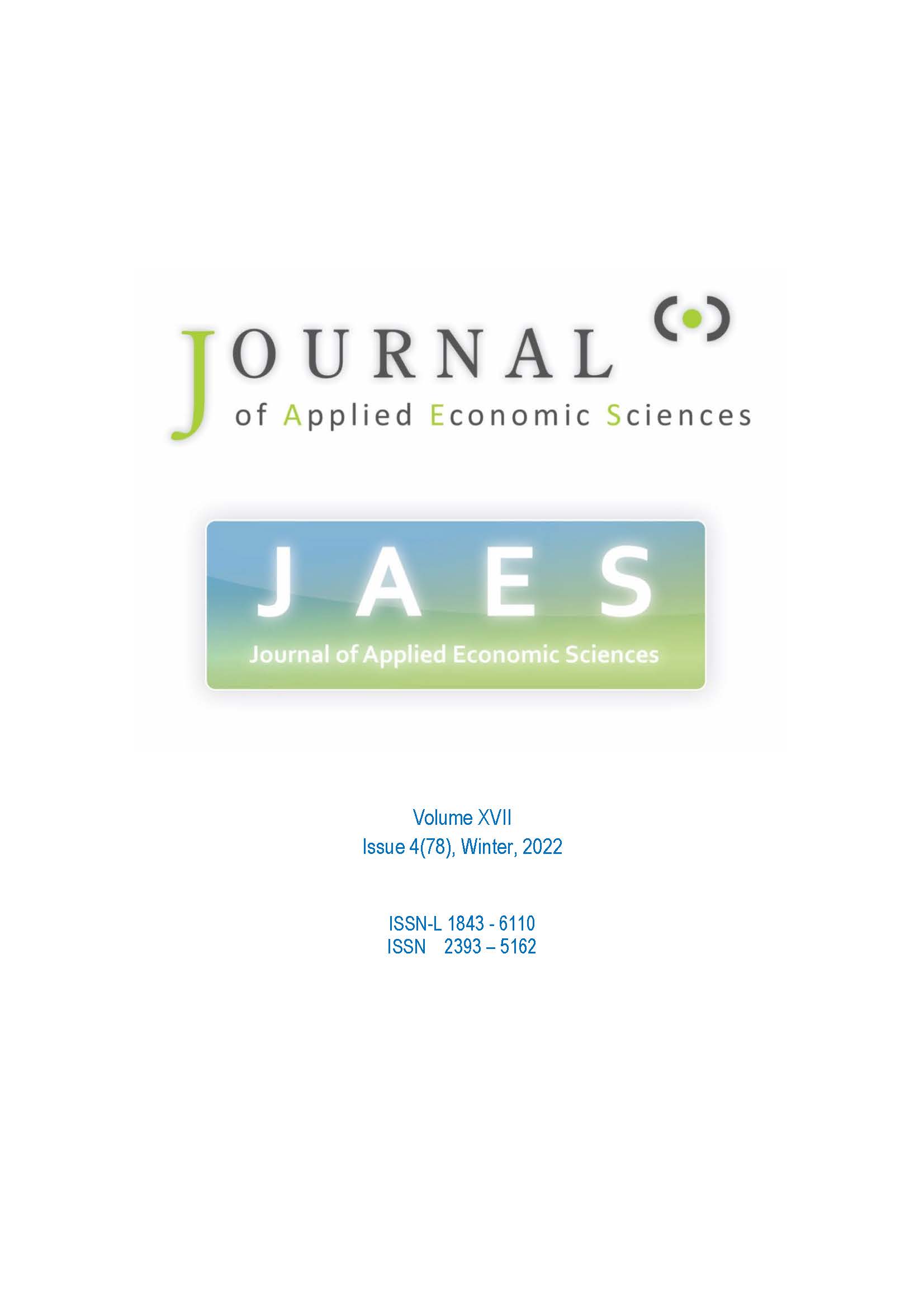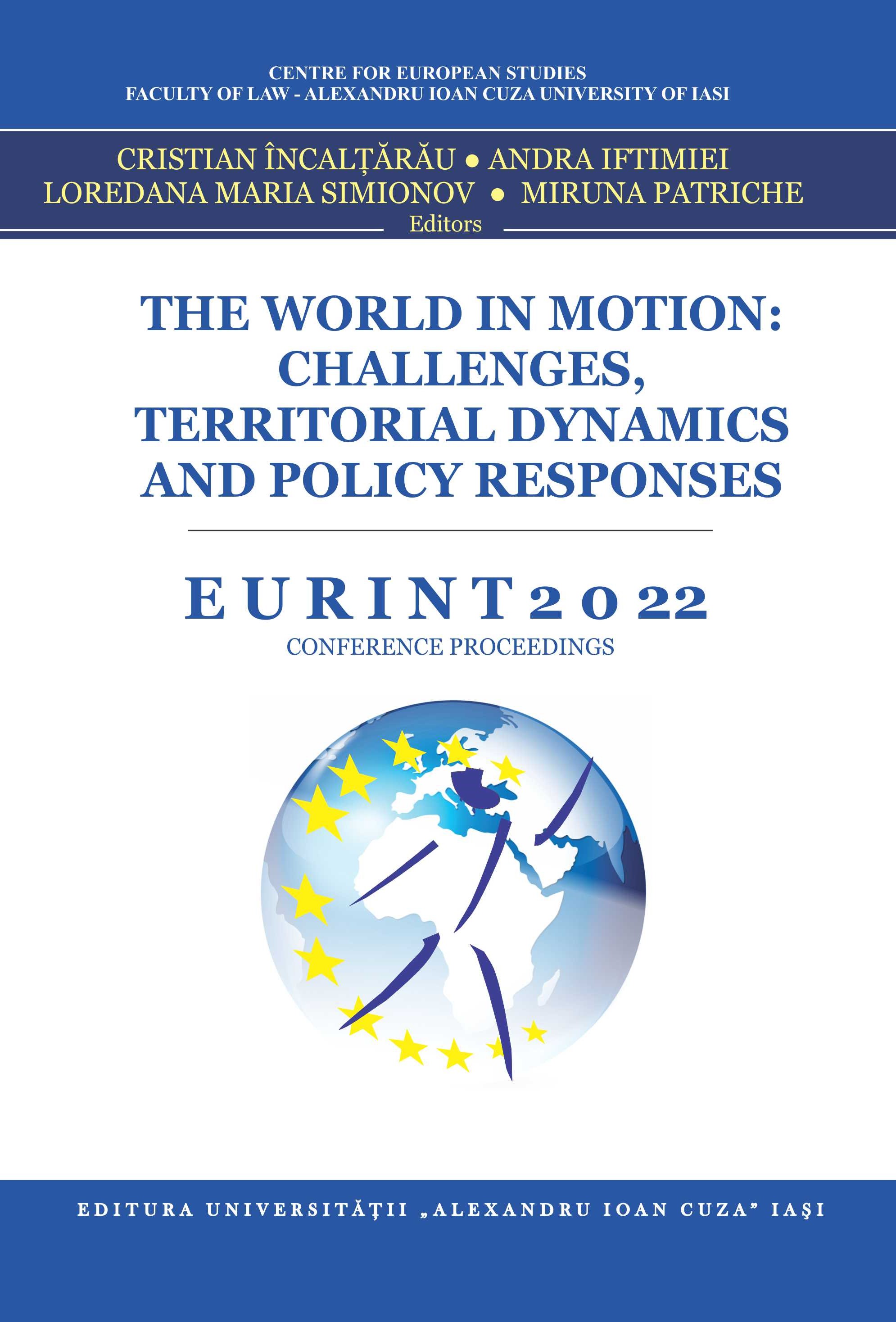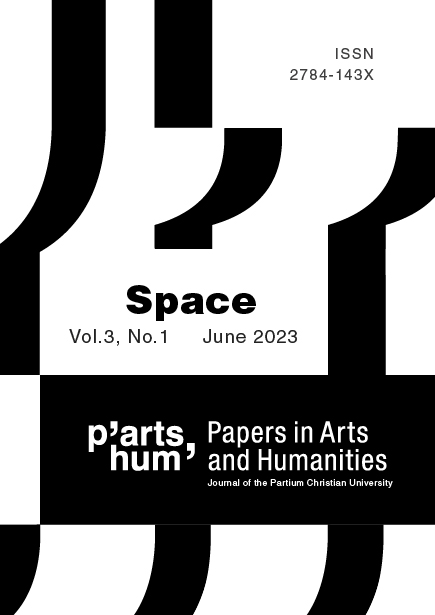SUSTAINABLE DEVELOPMENT, QUALITY AND GLOBALZATION – CORELATED CONCEPTS IN THE TODAY WORLD ECONOMY
SUSTAINABLE DEVELOPMENT, QUALITY AND GLOBALZATION – CORELATED CONCEPTS IN THE TODAY WORLD ECONOMY
Keywords: globalization; sustainable development; quality; entropy.
Today developments transform world economy into a global system and this developments trend to change society in the same way. The today crisis proves this kind of changes in economy and social life. Such a global system has a chance to survive only if the way of sustainable development is followed. Sustainable development involves ecological, economical and sociological problems and each of the mentioned domains is well studied, but an approach taking into account all these domains is difficult. It needs, among others, to look the question from the point of view of management in its most general meaning, including management of quality as one of its sensitive parts. The author used the method of analyzing the history of industrial development in an area, for using the positive experience and avoiding present mistakes. A main conclusion of the study is that one of the ways to assure sustainable development is accomplishing industries and developing activities with long lasting perspectives for existence and for positive evolution, and with a local basis of raw materials. Enterprises with independent management must not be absent in a region and they must be in a positive equilibrium with the power of enterprises depending on decision centers being in other regions and/or countries. The today economic and financial situation underlines the correctness of this appointment. The entropy, a concept since long largely used in thermodynamics but now introduced in economics and social sciences too, can be a means to characterize and predict an economic situation and the connected social one. Such an approach, however not quantitative in this study yet, can help in prediction and preventing recession and/or crises and their effect.
More...
